Barrel Of Lies: Which Of These Whisky Words Is A Fake?
If you are a connoisseur, confident about your whisky know-how, put this knowledge to test with this simple quiz. If you are an amateur keen to find out how much whisky-related info you have truly managed to retain, well, this is a quiz for you too!
All you have to do is spot the fake words and terminologies amidst a host of whisky terms related to its production, ageing, distillation, maturation and lots more. At the end of the quiz, you can tally your score and discover your distillery rank!
Let’s play: Spot The Imposter
The quiz is divided into five rounds, each one containing one whisky term. Your task is to spot the term that is the imposter, the odd one out. Play through all five rounds and only then peek at the answer sheet to find out how you have fared!
Let’s go!
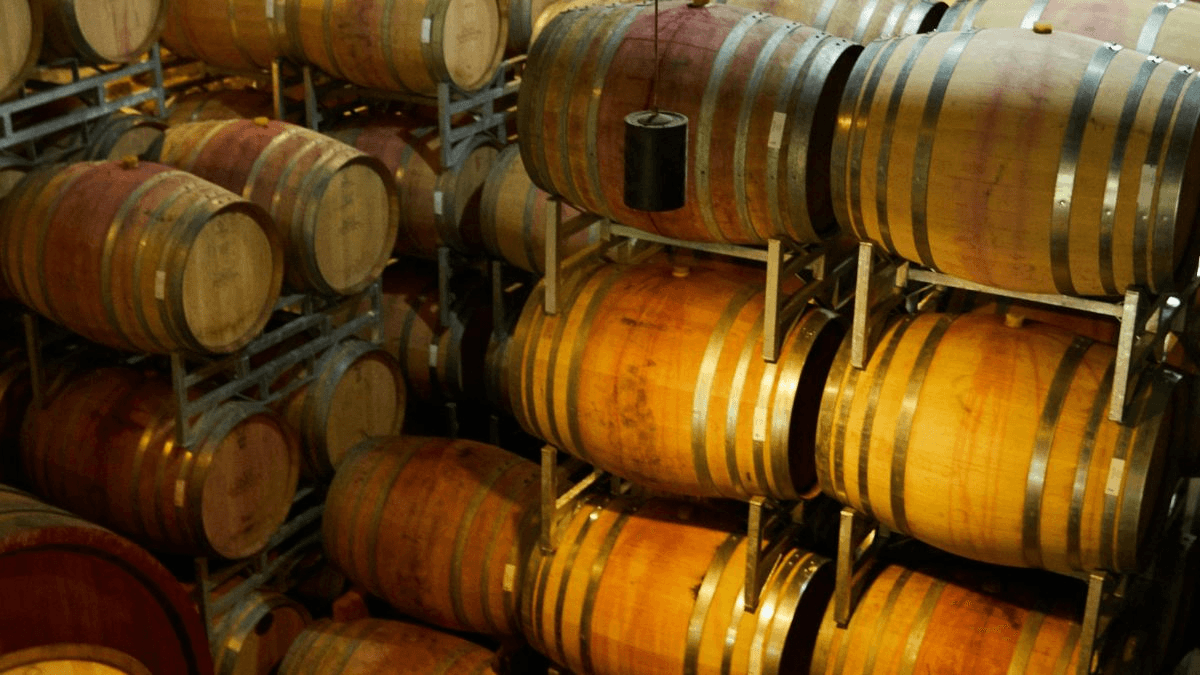
ROUND 1: Barrel Basics
1. Which of the following is not a wooden whisky cask?
A. Quarter Cask
B. Puncheon
C. Amphora
D. Hogshead
2. Which of these casks is not traditionally used in whisky ageing?
A. French Oak
B. American Oak
C. Indian Teakwood
D. European Oak
3. Which of the following casks does not add flavour to whisky?
A. Sherry Butt
B. Stainless Steel Jar
C. Mizunara Oak Cask
D. Ex-Bourbon Cask
4. Which of the following is not a traditional fortified wine or bourbon cask, that are commonly used for ageing whisky?
A. Puncheon
B. Sherry Butt
C. Port Pipe
D. IPA Cask
5. Which of the following is not an actual cask size?
A. Hogshead (250 litres)
B. Butt (500 litres)
C. Quarter Cask (125 litres)
D. Flask (200 ml)
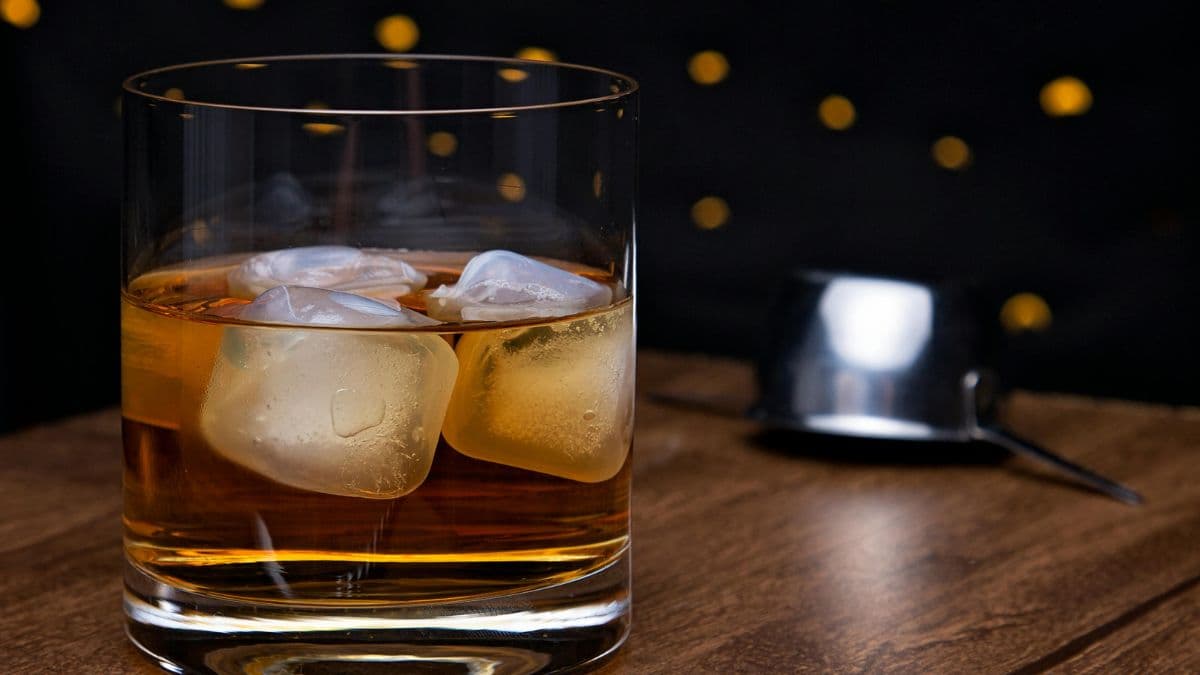
ROUND 2: Distillation 101
1. Which of these is not a distillation equipment used in whisky-making?
A. Pot Still
B. Column Still
C. Copper Kettle
D. Alembic Still
2. Which of the following cannot be identified as a whisky, although it is distilled?
A. Single Malt
B. Brandy
C. Blended Scotch
D. Irish Pot Still
3. Which of the following is not a distillation cut?
A. Foreshots
B. Headshots
C. Hearts
D. Tails
4. Which of the following is not a distillation material?
A. Stainless Steel
B. Copper
C. Glass
D. Clay
5. Which of the terms below is not associated with distillation?
A. Reflux
B. Condenser
C. Bathing
D. Spirit Safe
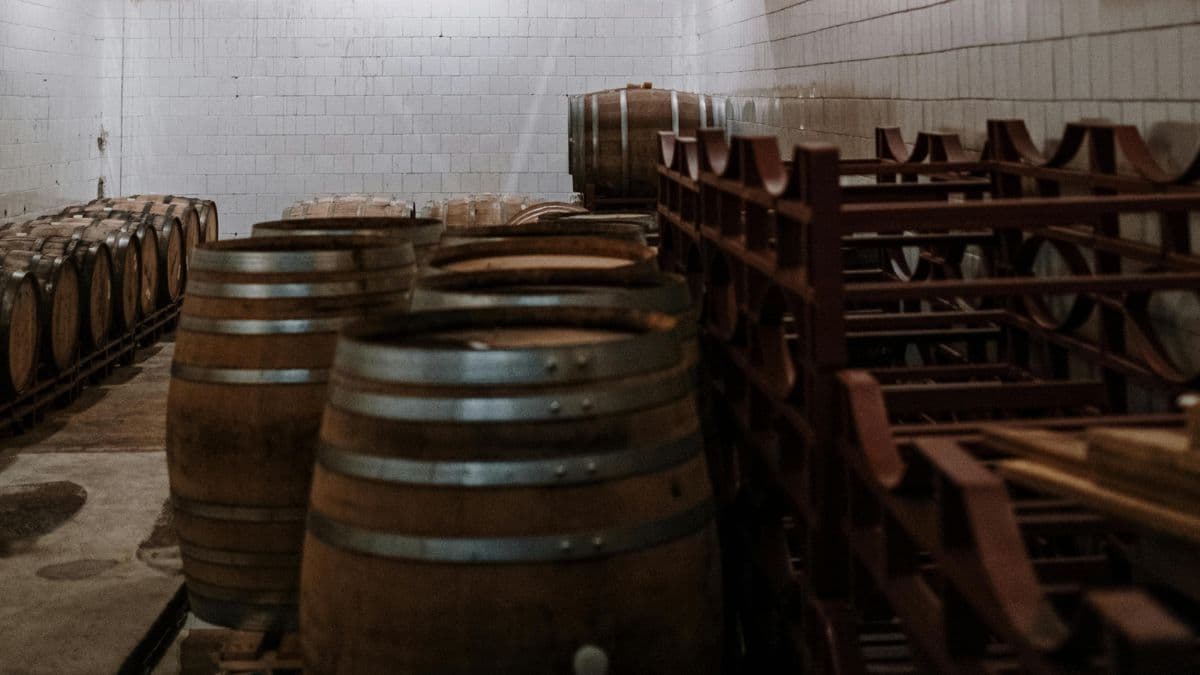
ROUND 3: Maturation And Flavour
1. Which of the following flavours are not found in a sherry cask maturation?
A. Dried Fruit
B. Rich Toffee
C. Vanilla Ice
D. Walnut Bitterness
2. Which of the casks below is not known for its sweet notes?
A. PX Sherry Cask
B. Oloroso Sherry Cask
C. New Charred Oak Cask
D. Sauternes Cask
3. Which of the following is not an age-influenced whisky colour?
A. Golden Straw
B. Electric Blue
C. Ruby Red
D. Deep Amber
4. Which of the following is not a traditional whisky ageing environment that influences maturation?
A. Rackhouse
B. Sea-Facing Bodega
C. Dunnage Warehouse
D. Climate-Controlled Laboratory
5. Which of the following are tasting notes not derived from virgin oak casks?
A. Toasted Coconut
B. Fresh Sawdust
C. Vanilla Mist
D. Briny Sea Salt
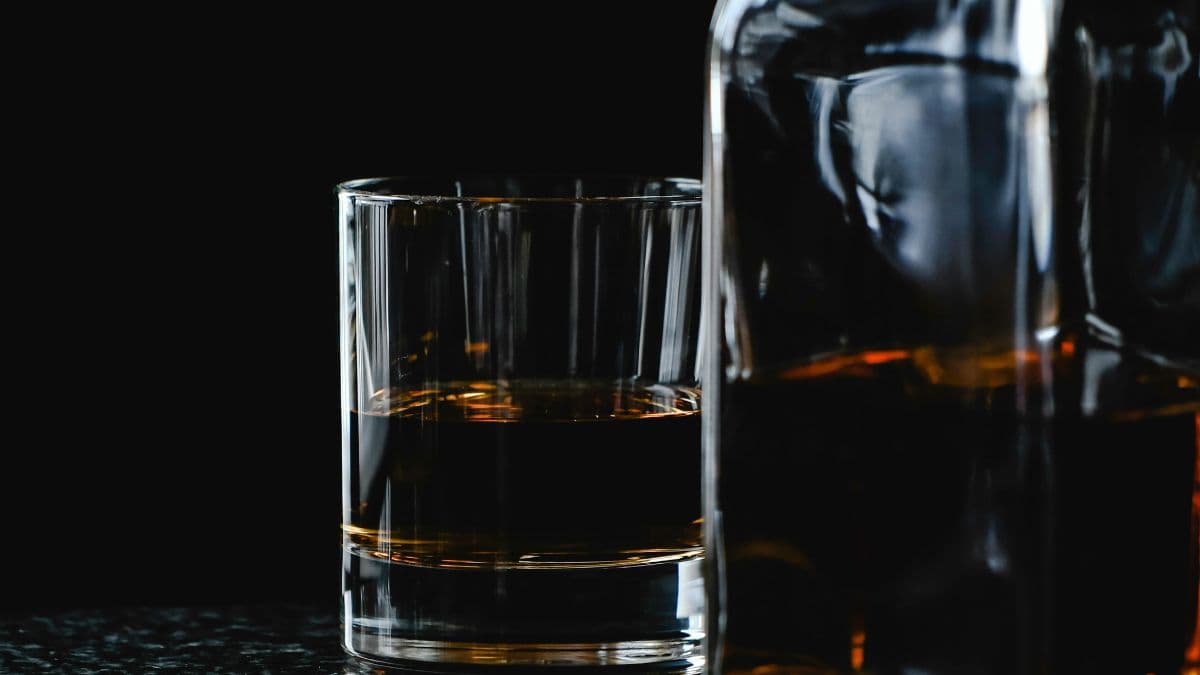
ROUND 4: People And Process
1. You will never find this expert working at a whisky distillery:
A. Distiller
B. Blender
C. Cooper
D. Confectioner
2. Which of the following is not a key step in whisky production?
A. Mashing
B. Bottling
C. Pruning
D. Fermentation
3. Which of these still operations has nothing to do with the whisky-making process?
A. Cold Soak
B. Column Still
C. Reflux Control
D. Pot Still
4. One of these is not a hands-on role in cask handling:
A. Cooper
B. Gamekeeper
C. Warehouseman
D. Bottler
5. Which of the following is not a term used by whisky distillers?
A. Mash Bill
B. Ironing
C. Washback
D. Cut Points
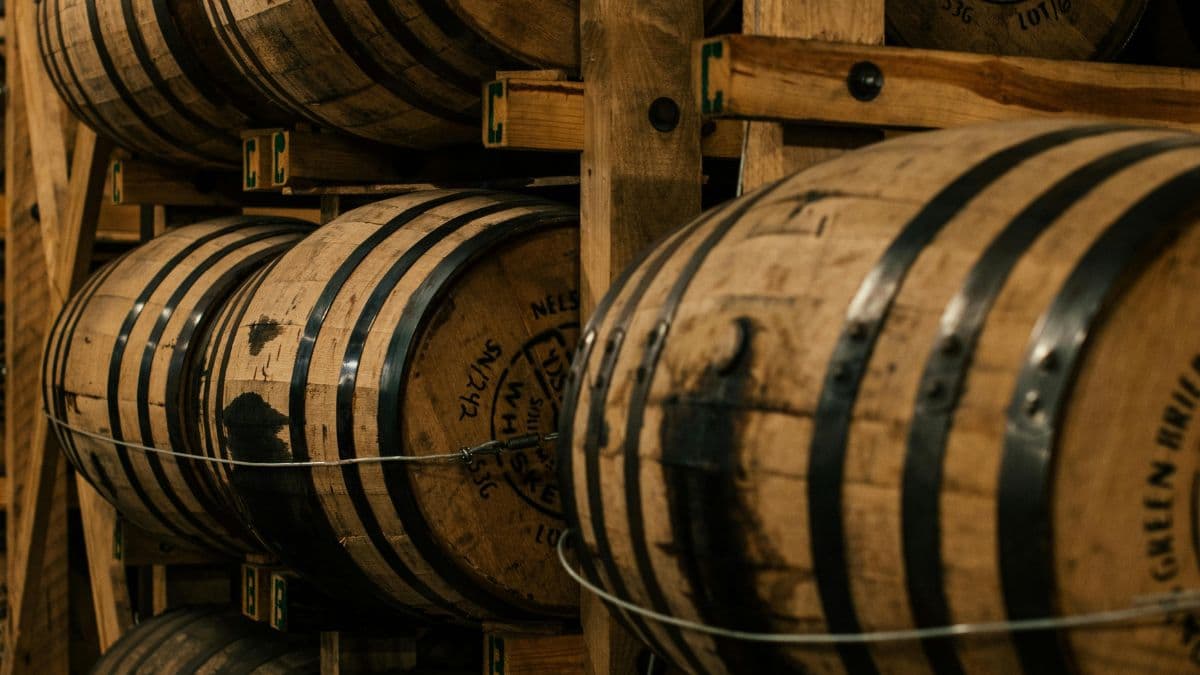
ROUND 5: Scotch-Specific Terms
1. Which of the following is not a region where Scotch is produced?
A. Islay
B. Speyside
C. Tinkletown
D. Campbeltown
2. Which of these is not a regulated Scotch-specific category?
A. Single Malt
B. Single Strike
C. Blended Grain
D. Blended Malt
3. Which of these cask types is not common in Scotch ageing?
A. Tequila Barrel
B. Port Pipe
C. Sherry Butt
D. Ex-Bourbon Cask
4. Which of the following is not a common Scotch tasting note?
A. Brine
B. Peat Smoke
C. Sugar Syrup
D. Heather Honey
5. Which of the following is not a type of traditional Scotch whisky?
A. Single Grain
B. Blended Malt
C. Jowar Whisky
D. Single Malt
Now that you have attempted all questions, it’s time to tally your answers and arrive at your final score:
Answer Key:
ROUND 1:
1. (A) Amphora | 2. (C) Indian Teakwood | 3. (B) Stainless Steel Jar | 4. (D) IPA Cask | 5. (D) Flask (200 ml)
ROUND 2:
1. (C) Copper Kettle | 2. (B) Brandy | 3. (B) Headshots | 4. (C) Glass | 5. (C) Bathing
ROUND 3:
1. (C) Vanilla Ice | 2. (C) New Charred Oak Cask | 3. (B) Electric Blue | 4. (D) Climate-Controlled Laboratory | 5. (C) Vanilla Mist
ROUND 4:
1. (D) Confectioner | 2. (C) Pruning | 3. (A) Cold Soak | 4. (B) Gamekeeper | 5. (B) Ironing
ROUND 5:
1. (C) Tinkletown | 2. (B) Single Strike | 3. (A) Tequila Barrel | 4. (C) Sugar Syrup | 5. (C) Jowar Whisky
So, what’s Your Distillery Rank?
0/5 – Visitor Centre Intern
1–2/5 – Warehouse Apprentice
3/5 – Mash Tun Supervisor
4/5 – Head Cooper
5/5 – Master Distiller
Here’s what the ‘actual’ whisky production terms you found in the options really mean:
Quarter Cask: A type of cask used for smaller deliveries or transport on horseback. Whisky comes in more contact with the wood in this cask, leading to intensified flavours.
Puncheon: A large cask commonly used for ageing sherry, with a large size and slower maturation rate.
Hogshead: Often made by rebuilding ex-bourbon barrels with extra staves, has a long-term ageing potential.
Sherry Butt: Typically a large cask used for aging and maturing sherry and later used for ageing whisky.
Port Pipe: A large barrel used for aging and shipping port wine; often used to age whisky.
French Oak / American Oak / European Oak: Types of wooden casks traditionally used for ageing whisky
Mizunara Oak Cask: A type of wooden cask used for ageing Japanese whisky.
Ex-Bourbon Cask: A cask which was once used to age bourbon, that will next be used for maturing Scotch whisky.
Pot Still: A traditional copper still used mainly for distilling single malt and small-batch whiskies.
Column Still: A continuous still used for distilling lighter, high-volume grain whisky or bourbon.
Alembic Still: An alchemical still consisting of two vessels connected by a tube, used for whisky distillation.
Irish Pot Still: A method of Irish whisky distillation which involves distilling whisky in pot stills from a mash of malted and unmalted barley and sometimes other cereals.
Single Malt: A whisky made using 100% malted barley, distilled at a single distillery.
Blended Scotch: A combination of different types of Scotch whiskies, specifically single malt Scotch whiskies and single grain Scotch whiskies, from multiple distilleries.
Blended Malt: A combination of different types of malted whiskies, sourced from multiple distilleries.
Single Grain: Single grain whisky, unlike single malt, can be made from any grain, malted or unmalted, yet it has to be distilled at a single distillery.
Blended Grain: Blended grain whisky is a type of whisky that is created by combining two or more single grain whiskies from different distilleries.
Foreshots: The start of distillation which is often unusable and frequently discarded.
Hearts: The central and principle part of whisky distillation, stored for ageing.
Tails: Heavier compounds at the end of distillation which are often recycled into the next batch.
Reflux: Reflux refers to the portion of alcohol vapour that rises up the still but condenses and falls back down, getting redistilled
Condenser: A condenser is a piece of equipment that cools alcohol vapours from the still and turns them back into liquid form.
Spirit Safe: The spirit safe is a locked, glass-fronted box where the newly distilled spirit flows after it leaves the condenser.
Dried Fruits / Rich Toffee / Walnut Bitterness: Tasting notes derived from ageing whiskies in sherry casks.
PX Sherry Cask / Oloroso Sherry Cask / Sauternes Cask: Varied types of sherry casks used for ageing the spirit, later also used for ageing whiskies and single malts.
Golden Straw / Ruby Red / Deep Amber: Whisky hues that the spirit acquires depending on the duration of ageing and maturation.
Rackhouse / Sea-Facing Bodega / Dunnage Warehouse: Different environments in which whisky is stored for ageing and maturation.
Toasted Coconut / Fresh Sawdust / Briny Sea Salt: Tasting notes derived after storing whisky in virgin oak casks.
Distiller: The distiller oversees the transformation of grain, water, and yeast into a spirit that matures into whisky.
Blender: A blender expertly combines different casks or whiskies to craft a specific flavour profile
Cooper: A cooper is a barrel maker, responsible for building, maintaining, and repairing the oak casks that whisky matures in.
Mashing: The process of extracting sugars from the grain to prepare it for fermentation.
Bottling: The final step where matured whisky is prepared and transferred into bottles for sale.
Fermentation: The process in which yeast converts sugars in the wort into alcohol and flavour compounds.
Mash Bill: A mash bill is the recipe of grains used to make whisky.
Washback: The large fermentation vessel in which yeast is added to wort.
Cut Points: Cut points refer to the precise moments during distillation when the distiller decides to collect the usable spirit or the heart and discard the unusable parts also known as foreshots or feints.
Islay / Speyside / Campbeltown: Scottish regions known for the production of Scotch whisky.
Brine / Peat Smoke / Heather Honey: Classic tasting notes in a peated Scotch whisky.
Drink Responsibly. This communication is for audiences above the age of 25.




